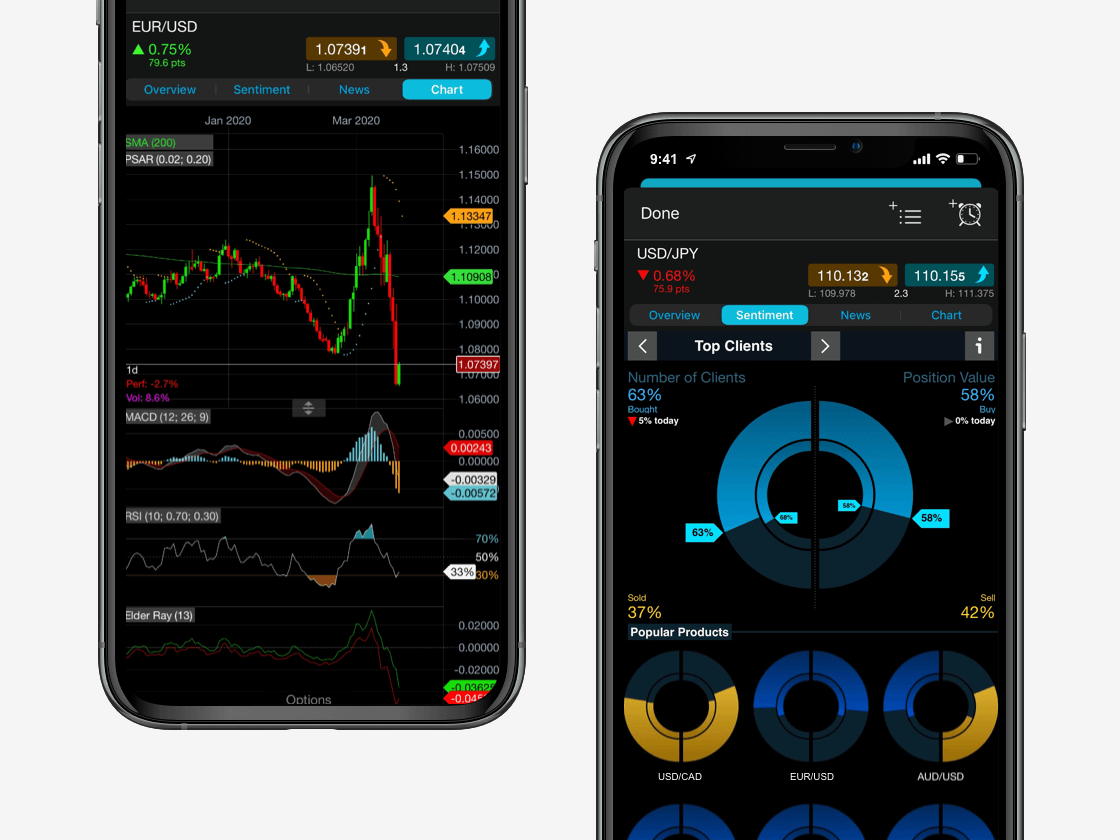A limit order is an instruction to your broker to carry out a trade in the financial markets at a specified price that is more favourable than the current price. It is often used as an alternative to a market order in times of market instability or volatility, when a market order cannot guarantee you the optimal price on a trade. However, this is dependent on the asset reaching a specified price. If it doesn’t, it may lead to a missed trading opportunity.
Spread bets and CFDs are complex instruments and come with a high risk of losing money rapidly due to leverage. 70% of retail investor accounts lose money when spread betting and/or trading CFDs with this provider. You should consider whether you understand how spread bets, CFDs, OTC options or any of our other products work and whether you can afford to take the high risk of losing your money.

















